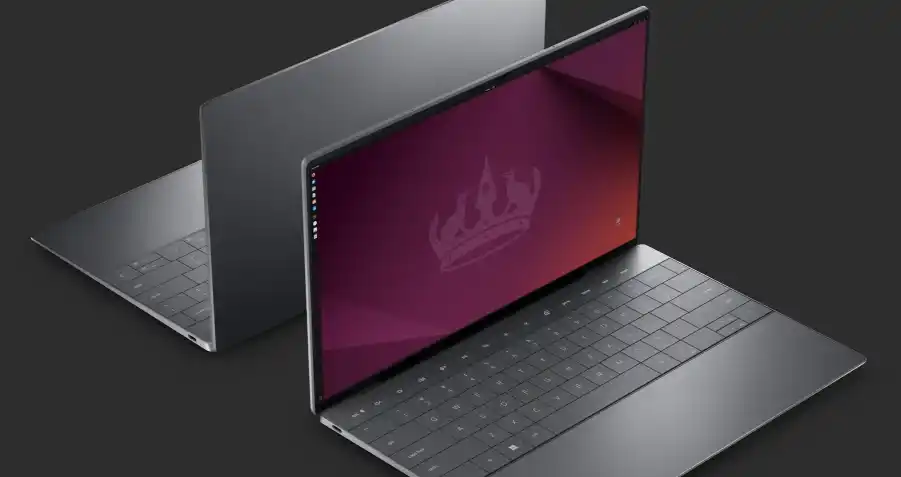When you start managing software in Ubuntu, you’ll notice that there are a couple of different ways to install applications. One of the most modern and powerful methods is using Snap packages. Learning how to use Snap packages in Ubuntu is important because they offer several key advantages in terms of security and stability. Snaps are a new generation of application packages that are easy to install and manage, either through the Software Center or the command line.
Table of Contents
📦 What Are Snap Packages and Why Are They Useful?
A Snap is a self-contained application package that includes the application itself along with all the libraries and dependencies it needs to run. This is the key difference from traditional packages (like .deb packages managed by APT). Because a Snap is bundled with everything it needs, it runs in a secure, sandboxed environment, completely isolated from the rest of your operating system. This means a Snap application can’t interfere with other programs on your system, which makes your OS more stable and secure. It also allows you to easily install the latest version of an application without worrying about system-wide dependency conflicts.
🛒 How to Find and Install Snaps in the Software Center
The easiest way to work with Snaps is through the graphical Ubuntu Software Center. Many of the applications you see in the store are actually Snap packages. When you’re on an application’s listing page, you can often see the ‘Source’ dropdown menu, which will tell you if the package is coming from the ‘Snap Store’ or from the standard Ubuntu archives. Installing a Snap is as simple as clicking the ‘Install’ button; the system handles the download and setup in the background.
⚙️ How to Manage Snaps with the Command Line
For those who prefer the terminal, managing Snaps is just as easy. The command-line tool for this is simply `snap`. To find a package, you can use the command `snap find`, for example, `snap find spotify`. To install a package, you use the command `sudo snap install spotify`. To see a list of all the Snaps you have installed, you can run `snap list`, and to remove a Snap, you simply use the command `sudo snap remove spotify`. It’s a simple and powerful way to manage your applications.
More Topics
- What to Expect from the iPhone 16 Pro: The Biggest Rumors
- How TSMC’s New Chips Will Power the Future of Tech
- The Battle for the AI PC: Intel’s Lunar Lake vs. AMD’s Strix Point
- What We Know About the Rumored PS5 Pro
- How Intel’s Lunar Lake Chips Are Taking Aim at Apple’s M4
- What is OpenAI’s New GPT-4o and Why is it a Game-Changer?
- How to Connect to a Remote Server with SSH in Ubuntu

